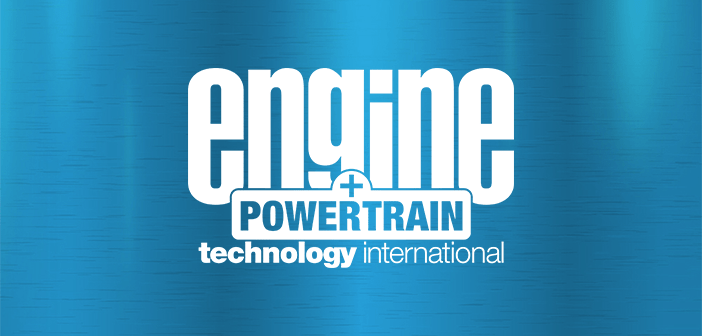Jacobs’ cylinder deactivation technology has been proven to deliver better fuel economy and lower emissions following independent verification testing.
Testing focused on NOX emissions during cold startups, low-load cycles and engine idle conditions – all representative of real-world driving. Experiments were carried out on a Navistar 13-liter engine equipped with the company’s CDA (cylinder deactivation) technology, and results show that fuel consumption was improved by 5% over baseline testing when increasing exhaust temperatures and limiting the cool-down of the selective catalytic reduction. By creating higher operating temperatures in functioning cylinders, the technology is able to further reduce greenhouse gases.
A hydraulically activated mechanism is integrated into a collapsible valve bridge system for engines with an overhead camshaft, while cam-in-block combustion engines use a collapsing pushrod system. When teamed with a disabled injection system, a powertrain can shut off a selected cylinder in any combination. The invention has also proved beneficial when applied to heavy-duty diesel engines found in commercial trucks.
Further demonstration of the CDA system under low load cycles showed that a raised exhaust temperature reduced NOX emission from the tail pipe by 86%, while also reducing CO2 and fuel consumption by 12%. SCR NOX conversion also increased from 48% to 95%.


